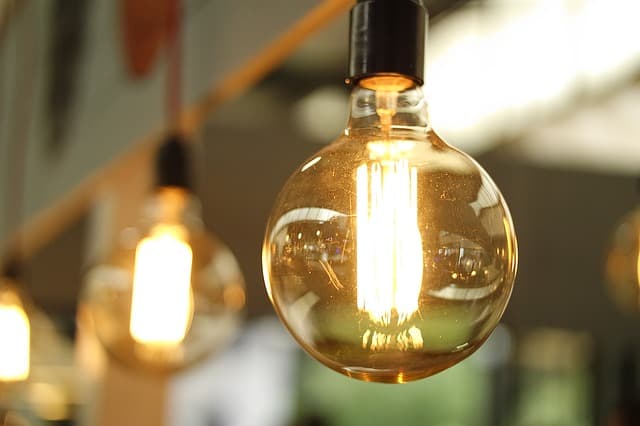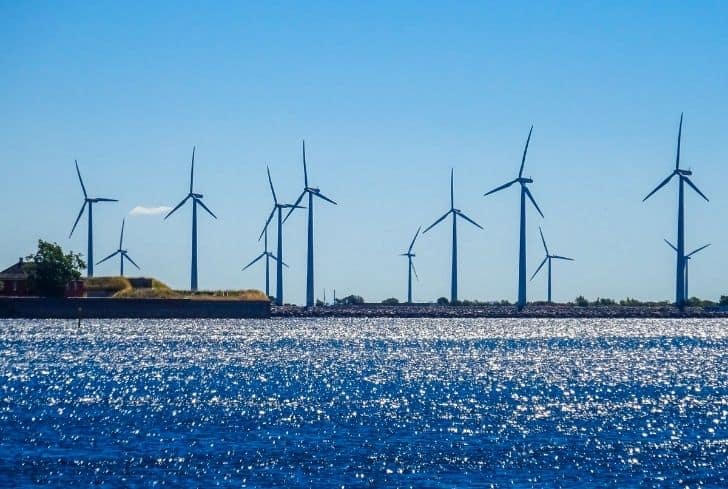Mechanical Energy: Forms, Examples and Facts

Whether you are running a hundred meter-long track, or just lying aimlessly on your bed, one thing remains true: you are doing work. In doing such work, you are employing a particular form of energy which enables you to move or stay in position. This form of energy is called mechanical energy.
Mechanical energy is applied everywhere you look: from the movement of cars to the disposition of the growing trees. Unknowingly, you also apply mechanical energy wherever you go. Just what is mechanical energy? On this article, we are going to answer such question. Moreover, we are going to discuss the forms of mechanical energy, and cite examples of each.
What is Mechanical Energy?
Before we dive into mechanical energy, let us first describe the concept of energy. This gives us an adequate idea of mechanical energy, its forms, and examples.
Basically, energy is the ability to do work. While it could not be created nor destroyed, energy could be transferred or change. By being transferred to an object, it is able to do work on such object. In order to stay alive, living things such as humans require available. for humans, various forms of energy are needed from food to energy resources such as fossil fuels. Humans, and other organisms, also need energy in order to move and change in position. This where mechanical energy comes in.
Mechanical energy is a form of energy possessed by an object due to its position or motion. Objects have mechanical energy whether they move or stay in position relative to a zero potential energy position. This means that any object that possesses mechanical energy – whether through movement or due to its position – could do work. Work is described here as the movement of an object when a force is applied to it.
The mechanical energy of an isolated system – whether a physical system or a thermodynamic system – remains constant in time as long as the system is devoid of non-conservative forces such as friction. Though mechanical energy could not be created nor destroyed in an isolated system, it could be converted into other forms of energy.
Different Forms of Mechanical Energy
If we look closely at the definition of mechanical energy, we could gauge its two forms. Objects could be in motion or could remain at rest on its position.
The form of mechanical energy that is possessed by objects which are in motion is called kinetic energy. An object that is in motion – whether it is horizontal or vertical motion – possesses kinetic energy. Its name was derived from the Greek word “kinesis” which means “motion.”
Kinetic energy may come in various forms. The first form is rotational kinetic energy, the energy that is produced due to rotational motion. The second form is vibrational kinetic energy which is generated due to the movement of vibrations. The third is translational kinetic energy, the energy produced due to the motion from one location to another.
The type of mechanical energy that is possessed by objects at rest, or due to their position, is called potential energy. It could also be the stored energy which an object has. It was introduced by William Rankine, a 19th-century engineer, and physicist.
Potential energy comes in three forms – gravitational potential energy, electric potential energy, and elastic potential energy.
Gravitational potential energy refers to the energy that is stored in objects due to their vertical position. Such energy is stored due to the gravitational pull of the Earth for the objects.
Electric potential energy could be attained when different or alike charges repel or attract each other. The charges could either be positive or negative. Opposite charges attract each other while similar charges repel each other.
Elastic potential energy, on the other hand, refers to the energy that is stored in elastic materials due to stretching and compression. The amount of stored elastic potential energy could be correlated to the amount of stretch of the device.
Both kinetic and potential energy are essential components of the universe. They affect the movement and position of particles within the space-time fabric. Kinetic energy, in particular, is significant because it affects the movement of matter, down to the atomic level. On the other hand, potential energy could help determine the form of existence of matter at the atomic level.
Examples of Mechanical Energy
Since objects possess mechanical energy in the form of kinetic energy and potential energy, we could practically find several examples of mechanical energy in a variety of ways. Here are some examples of mechanical energy.
Kinetic Energy
- A celestial body, such as an asteroid or a meteor, falling to the earth at high speed is packed with an immense amount of kinetic energy.
- Almost all forms of sports employ kinetic energy. In the discus throw, for example, athletes move the body in circular motion before throwing it, allowing the discus to gain kinetic energy. Dribbling a ball during a basketball game could also produce kinetic energy on the ball. In baseball, the force exerted by a bat could produce kinetic energy on the ball, causing it to move rapidly.
- Due to its large mass and fast velocity, an airplane flying on the air possesses a massive amount of kinetic energy.
- A flowing river possesses kinetic energy at a certain speed because the water is moving from one location to the other.
Potential energy
- Due to its suspension on the crane, a demotion ball possesses gravitational potential energy.
- When springs are stretched, they are able to absorb potential energy. This energy is released when the spring is contracted.
- The food that organisms eat has stored chemical potential energy because it provides the energy that we need for metabolism.
- Due to gravity, pendulums and grandfather’s clocks store potential energy.
- A swing is equipped with potential energy because it is suspended from a support. It stores energy when it is not swinging. Likewise, it also keeps energy when it remains held for a few seconds before being moved forward or backward.
Few Interesting Facts About Mechanical Energy
Here are some interesting facts that you may not know about mechanical energy.
Fact 1: Mechanical energy is the sum of kinetic and potential energies in a system.
Fact 2: Many of today’s technologies could convert mechanical energy into other forms of energy, and vice versa.
Fact 3: Steam engines, and other forms of machinery, could convert mechanical energy into other forms of energy such as heat energy.
Fact 4: Turbines convert the kinetic energy of steam into mechanical energy.
Fact 5: Hydroelectric power plants could produce electrical energy from the mechanical energy of the water stored in dams.
Fact 6: Mechanical energy could be measured in units called joules. It was derived as a tribute to James Joule, a physicist who found the relationship between the gain of heat and the loss of mechanical energy.
Fact 7: The term kinetic energy has been coined by Lord Kelvin in 1849. However, the concept of kinetic energy has been around since the Greek period.
Fact 8: It was William Rankine, an engineer and physicist, who first used the term potential energy in the 19th century.
Fact 9: Fossil fuels actually contain potential energy.
Fact 10: The kinetic energy of an object is raised four times when its speed raises twice.






